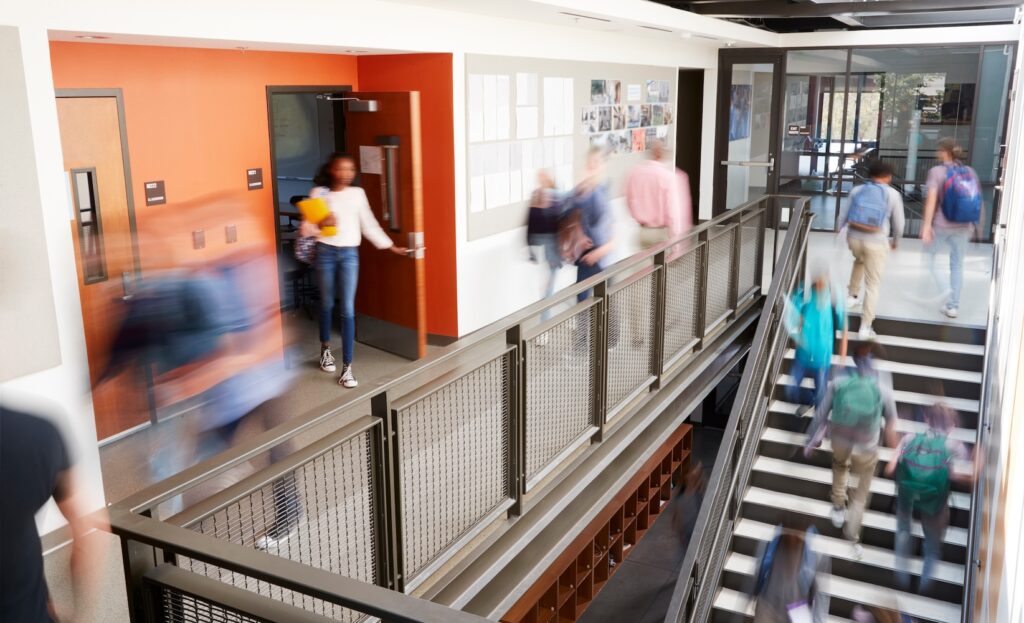Rigorous instruction, school safety cited as reasons families are leaving NYC’s public schools
Nearly half of families leaving New York City’s public schools are looking for “more rigorous education,” and a quarter of them have safety concerns, a new survey reveals.
“Education…

Nearly half of families leaving New York City’s public schools are looking for “more rigorous education,” and a quarter of them have safety concerns, a new survey reveals.
“Education Department officials framed the survey results as a way to better understand parents’ choices…” explained Chalkbeat, a nonprofit news organization.
“Public school enrollment, which was already on the decline before COVID hit, is now 11% below pre-pandemic levels, with 815,000 students in grades K-12. And officials predict the numbers will continue to fall over the next decade.”
Approximately 41% of respondents desired a “more rigorous education” than the city’s public-school system could provide, according to the survey.
The next main reason involved a move out of the city at 40%, while the third reason – believing their students were “not safe” in their previous school – ranked 25%. Respondents were allowed to choose up to three main reasons for removing their children.
“Most former respondents who moved out of NYC altogether named finding a better environment to raise kids as the primary reason, but concerns about schools were cited as frequently as housing concerns,” analysts wrote.
One mother – a former NYC resident – called out school metal detectors as “a complete red flag” for safety concerns, according to the survey.
“I was like, ‘No, I’m not going to put my children through this,’” she said. “My children are so happy now. They’re like, ‘Mom, we don’t go through metal detectors. Mom, there’s no fights like that.’ Because school is supposed to be a safe haven.”
‘Dwindling rosters’
The survey’s release comes as school administrators make efforts to reverse ongoing declines in enrollment.
“City officials have grown increasingly worried about recruiting and retaining families in the nation’s largest school system,” the Chalkbeat article explains. “Dwindling rosters are prompting difficult decisions about merging and closing schools that are often too small to offer a robust set of programs and extracurricular activities.”
Schools had already drawn media attention for lavish spending, despite poor academic outcomes and chronic absenteeism.
More than a third of enrolled students fail to attend classes regularly although taxpayers are spending more than $36,000 per child, according to a report last month.
Meanwhile, fewer than 3 in 10 of the city’s 8th graders achieved proficiency in reading.



